5000 Years of Africa A 2013 Gallery Exhibition
Howard Nowes & Sebastian Fernandez - 03/31/2013
The continent of Africa: ancient, vast and still mysterious. It is the birthplace of humanity, where clever Homo Habilis left his rudimentary tools before moving to Asia, where the ancient Egyptians built their awesome structures, where the people of Nigeria, like the Nok and Benin civilizations, left timeless and sophisticated artifacts, and where in more recent centuries great wood carving and masquerading traditions have flourished.
Ancient Egyptian art has long been considered highly refined and beautiful.Desert conditions ensure that objects are unearthed in remarkably pristine states of preservation.The ancients gave us grand architecture as well as their own detailed written history.Today, no one disputes ancient Egypt’s legacy to art and art history, but its context as an African culture is obscured because its art history is taught in the origins of western development as it relates to the Mediterranean.
By contrast, modern tribal art has been much slower to gain this level of general respect because for years an ethnographic approach was applied to its study. This approach differs from the one used by the art historian insofar as it does not focus on aesthetic quality, but on the function and social environment of the object. Nonetheless, modern tribal Africa has had a profound influence on western art, especially on that of the avant-garde and the artists of the 20th Century (e.g., Matisse, Picasso and Modigliani, just to name a few).
The cultures of ancient Egypt and modern Africa have much more in common than just a shared geography. Both believed in magic and the power of the talisman, and they both prescribed to a pantheon of deities. The artists, some of whom were court artists and thus highly regarded, produced articles that would ultimately function in ceremony and did not deviate far from established cannons.Some forms and themes are found throughout, transcending simple geographic and temporal boundaries, like the mask and the headrest. Both the ancient Egyptians and modern Africans produced images of mothers and children, as well as art of strong, fluid and solid forms, evoking power and emotion. All through Africa, there is royal art, art based on ritual, kinship, magic, and patronage relations. Historically, African art has also been predominantly anonymous.
Africa is a continent that has been ravaged by colonization, conquest, subjugation, and violence, but — perhaps because of these influences — it has produced artworks of exceptionally powerful and elegant design. As we measure the great artistic achievements throughout the distant and more recent past of this seminal continent, we see a shared quality devoted to artistic form whose timeless impact gainsays the need for historical boundaries. In this exhibit of mostly anonymous objects originating in disparate lands made by artisans spanning millennia, we celebrate the power of African art.


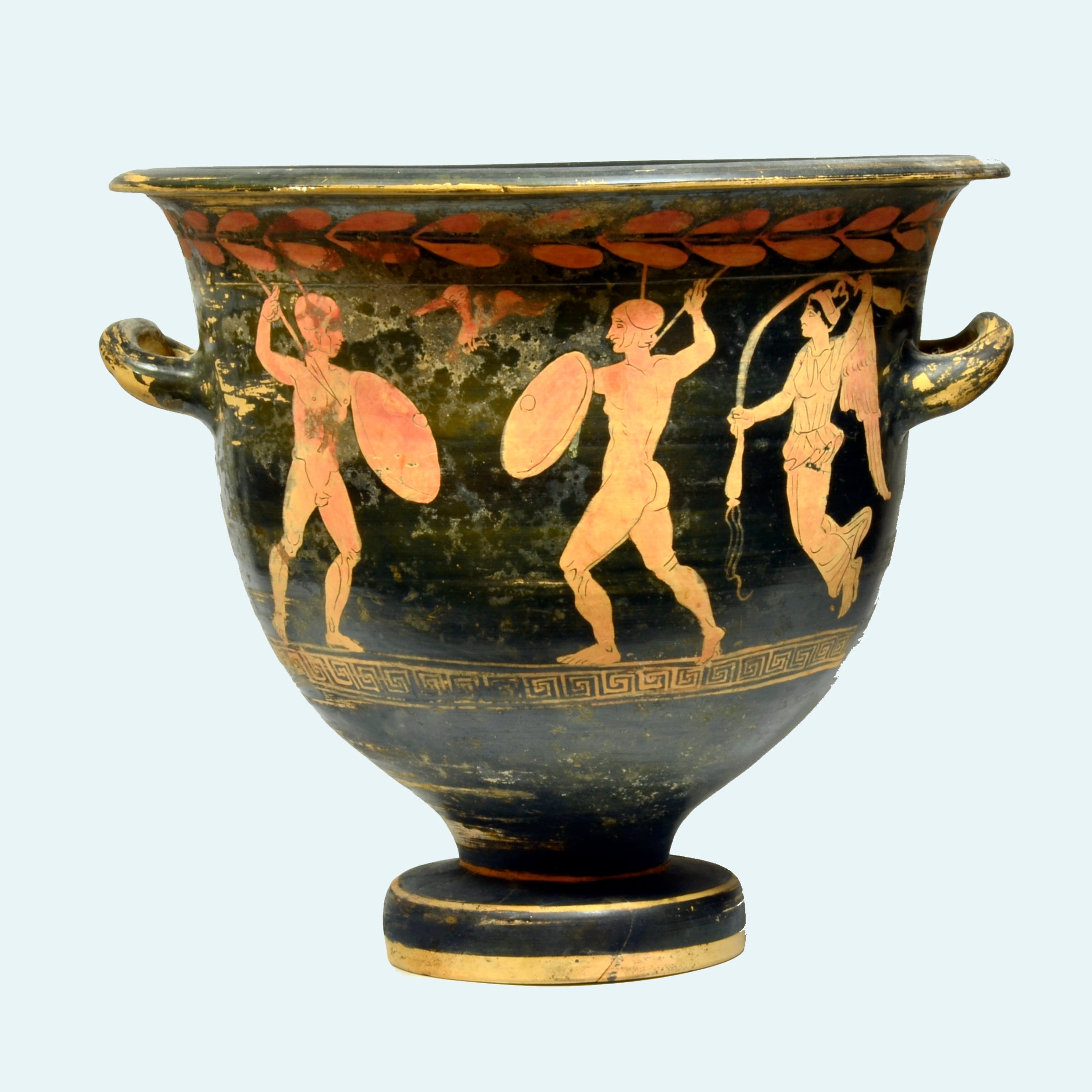
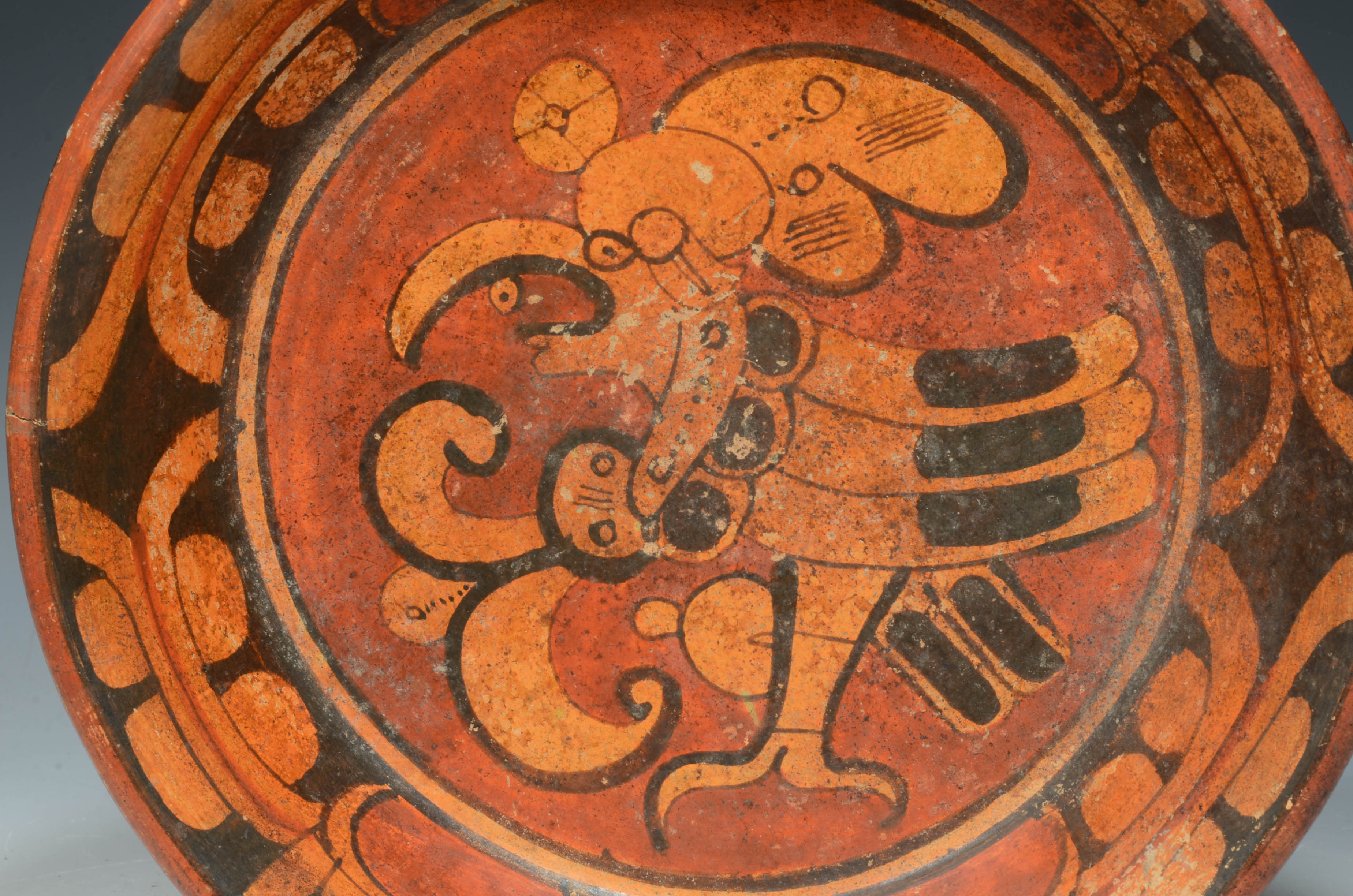
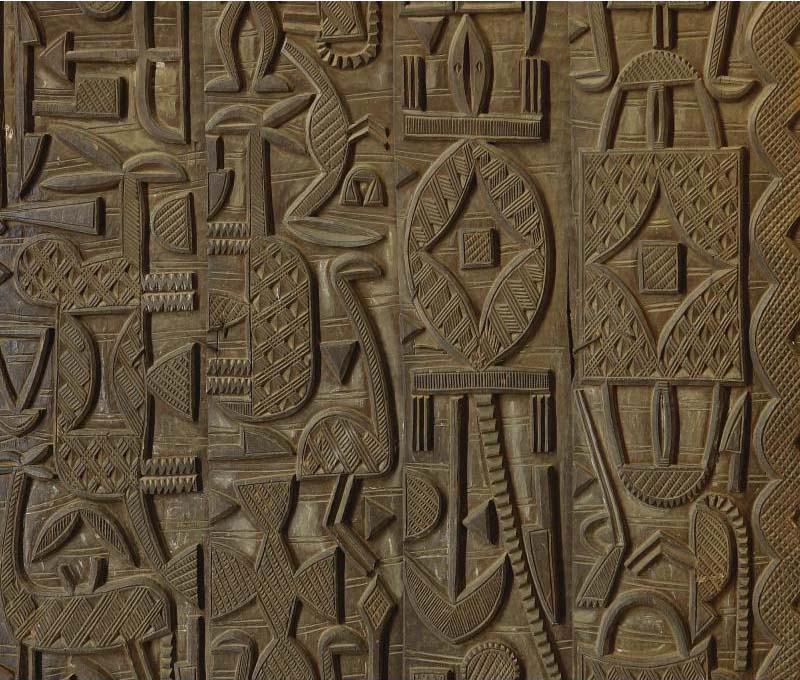
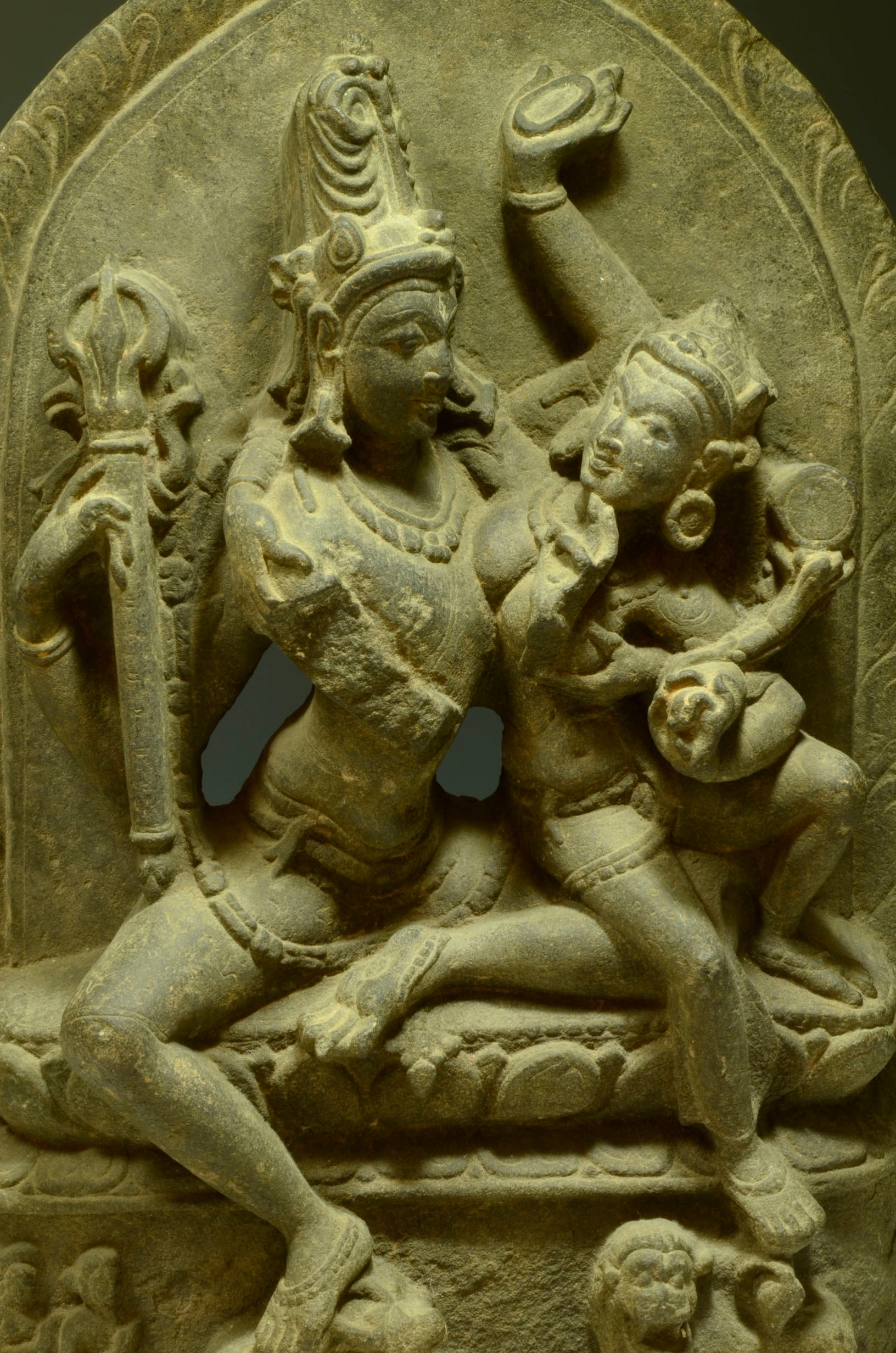

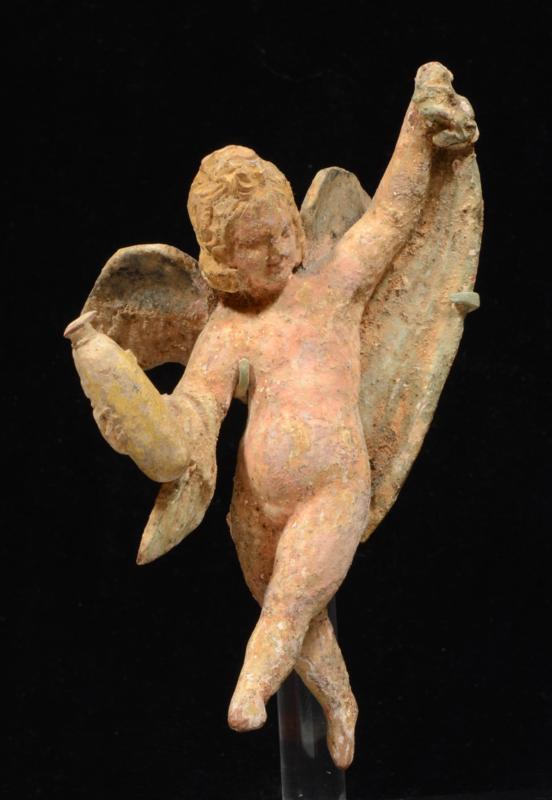
Leave a comment